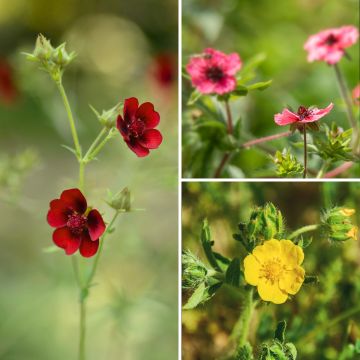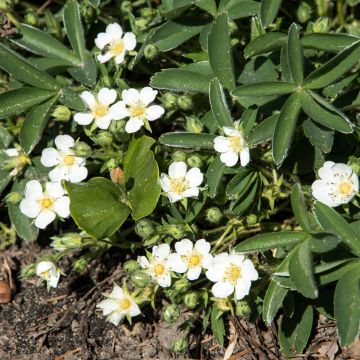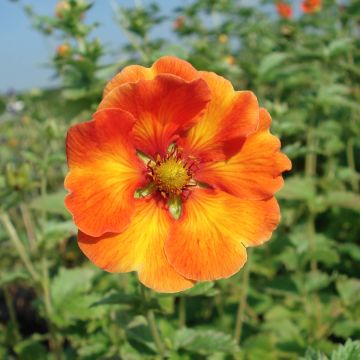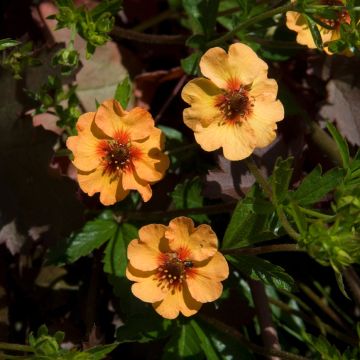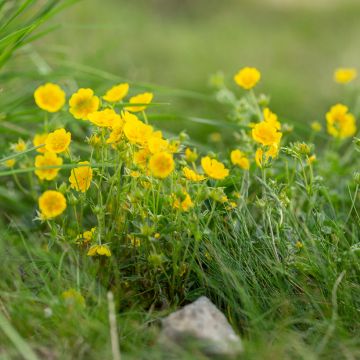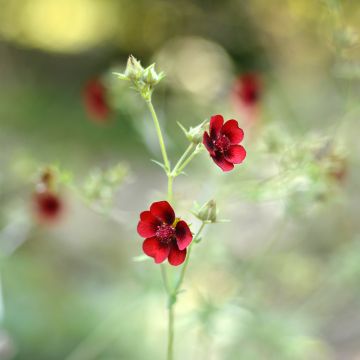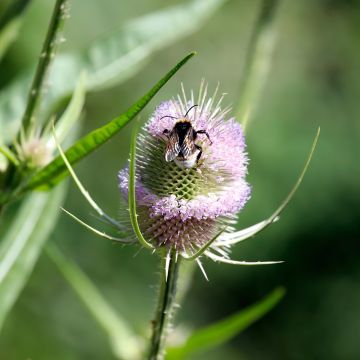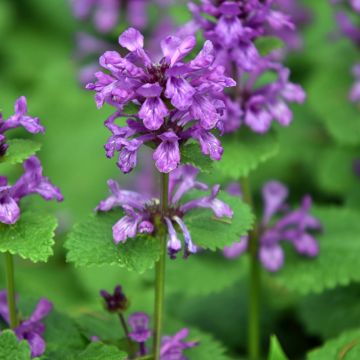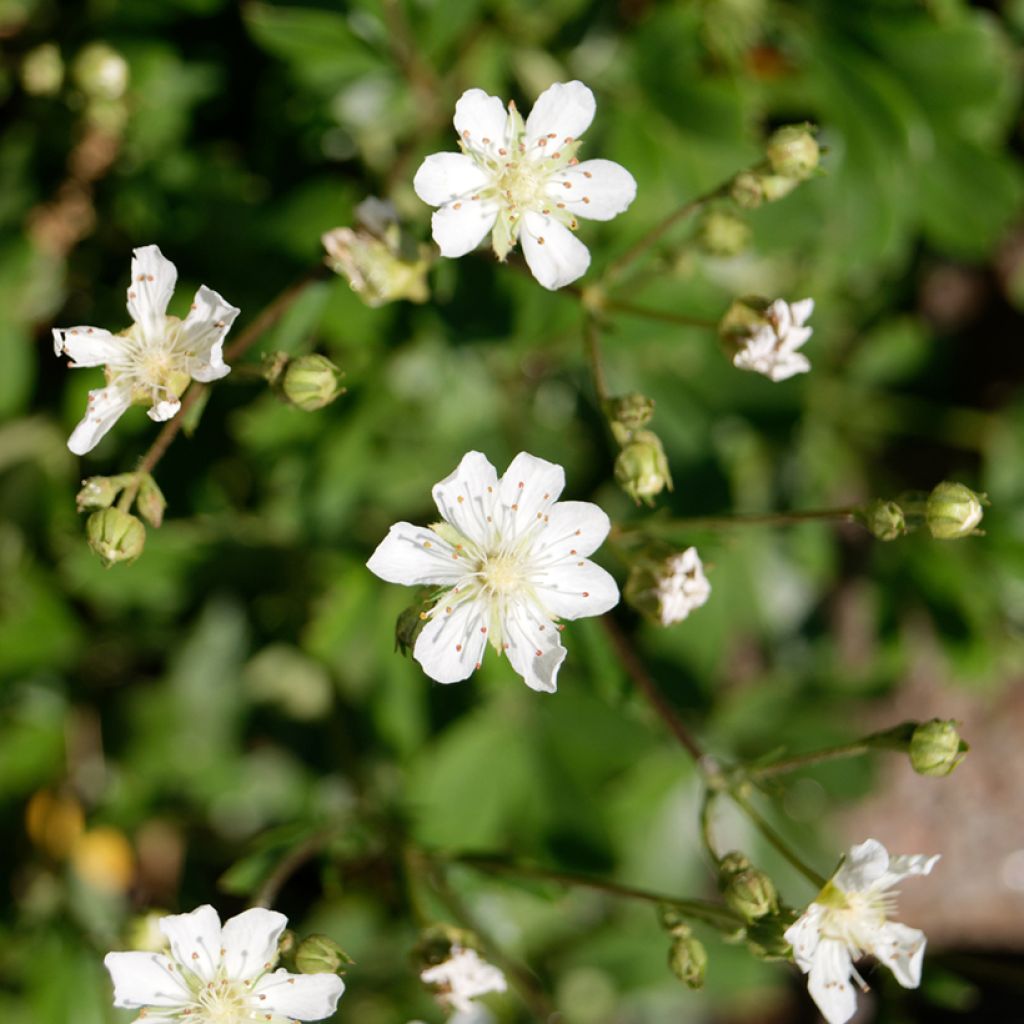

Potentilla tridentata Minima - Cinquefoil
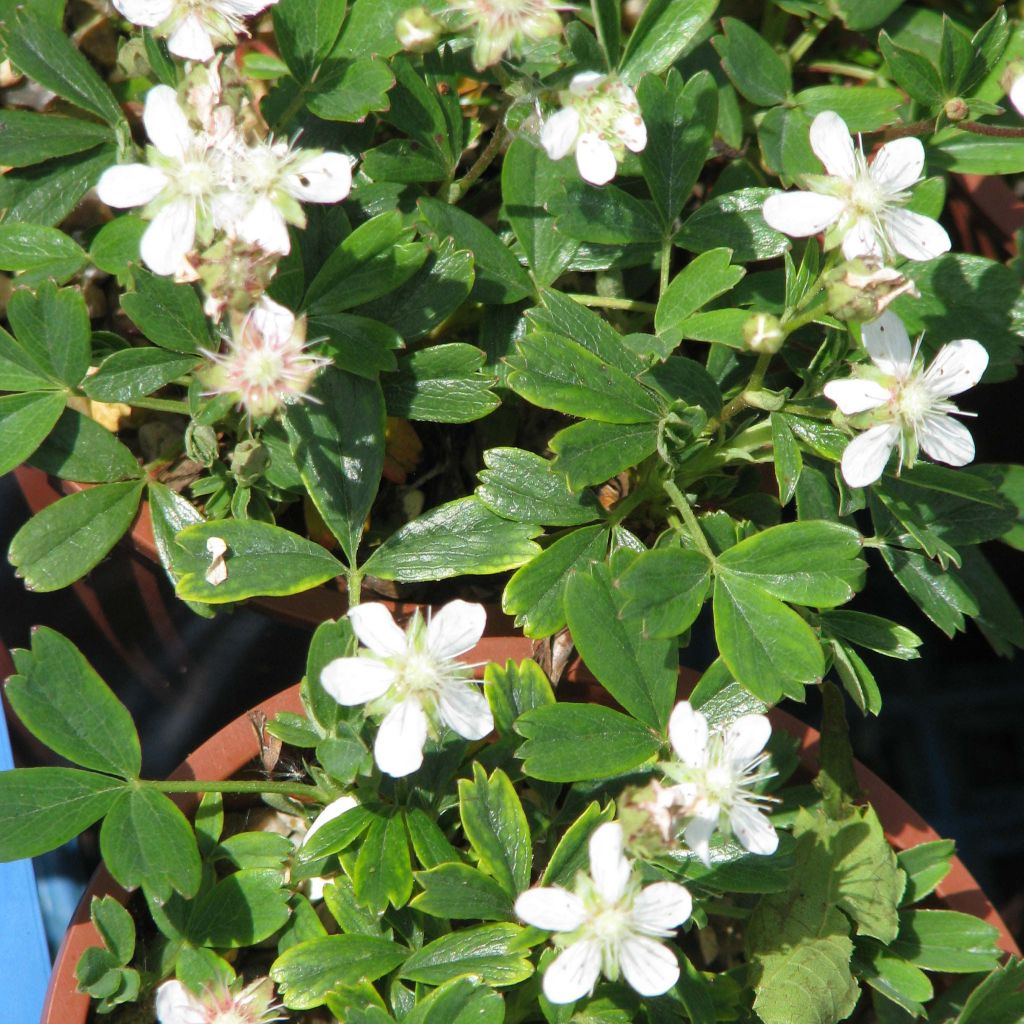

Potentilla tridentata Minima - Cinquefoil
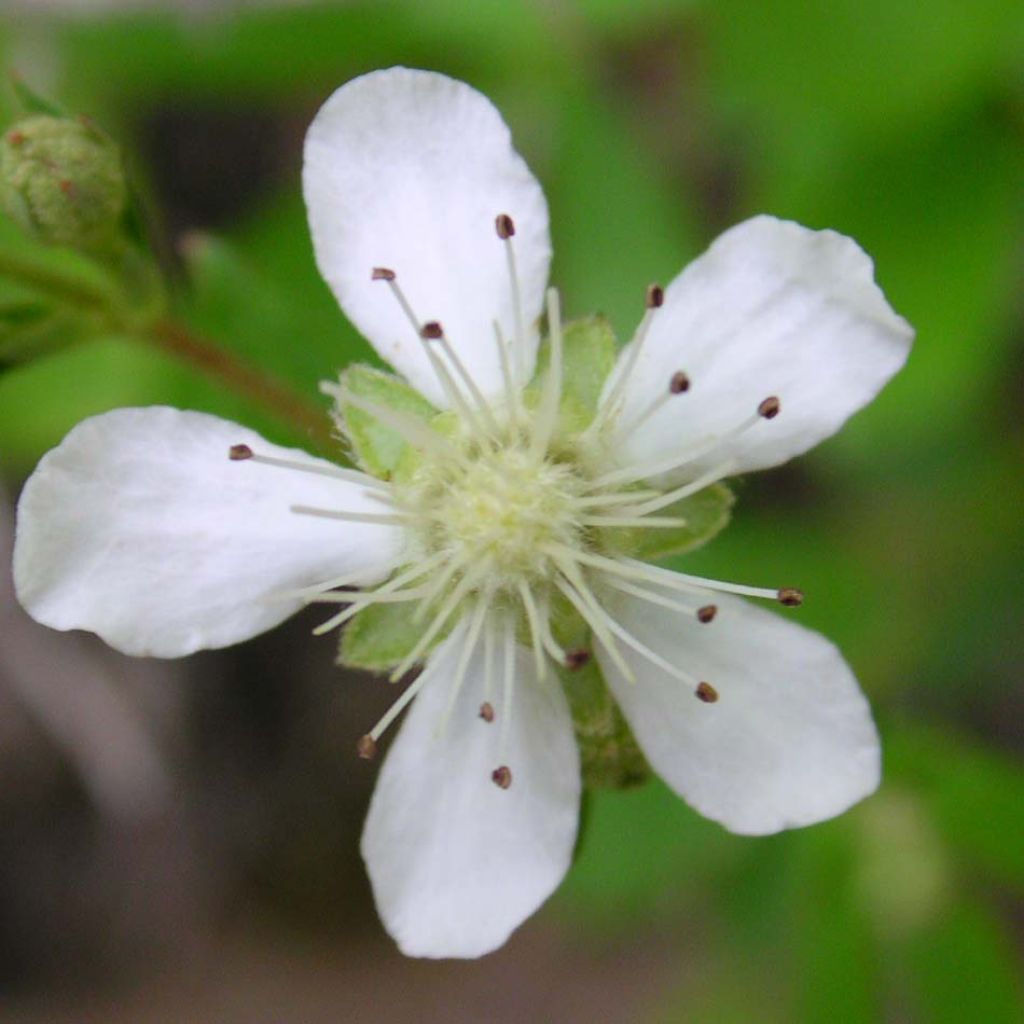

Potentilla tridentata Minima - Cinquefoil
Potentilla tridentata Minima - Cinquefoil
Potentilla tridentata Minima
Potentilla, Three-Leaved Cinquefoil, Three-Toothed Cinquefoil
The plant did not withstand the journey, arrived weak and after several weeks of good care did not grow and withered.
Daniel, 05/06/2020
Special offer!
Receive a €20 voucher for any order over €90 (excluding delivery costs, credit notes, and plastic-free options)!
1- Add your favorite plants to your cart.
2- Once you have reached €90, confirm your order (you can even choose the delivery date!).
3- As soon as your order is shipped, you will receive an email containing your voucher code, valid for 3 months (90 days).
Your voucher is unique and can only be used once, for any order with a minimum value of €20, excluding delivery costs.
Can be combined with other current offers, non-divisible and non-refundable.
Why not try an alternative variety in stock?
View all →This plant carries a 12 months recovery warranty
More information
We guarantee the quality of our plants for a full growing cycle, and will replace at our expense any plant that fails to recover under normal climatic and planting conditions.

Would this plant suit my garden?
Set up your Plantfit profile →
Description
Potentilla tridentata Minima is an adorable small evergreen ground cover perennial, which has the advantage of maintaining a very beautiful appearance throughout the year. Its bright green foliage, resembling that of a strawberry, is adorned in summer with delicate white flowers, reminiscent of pear trees, before turning purple in the autumn. Its thin and ramified stems spread endlessly among the bushes, along the pathways, where few plants are willing to grow. This perennial can adapt to all ordinary soils that are moist or even dry. A blessing for quickly covering difficult areas and rockeries, in full sun or partial shade!
Potentilla tridentata, recently renamed Sibbaldiopsis tridentata, belongs to the Rosaceae family. This plant, which thrives in cold climates and rather poor soils, is native to the northeastern United States, eastern Canada (including Quebec), Greenland, and the French archipelago of Saint Pierre and Miquelon. 'Minima', from which it originates, is a horticultural variety selected for its more modest growth. It is a herbaceous perennial, woody at the base, forming a low and compact tuft, 10 cm (4 in) tall with a minimum spread of 50 cm (20 in). Its foliage is very shiny green and generally evergreen, before taking on a beautiful burgundy to mahogany-red colour in the autumn and winter. The leaves are divided into three lobes, each with dentate tips. Flowering takes place in summer from June to August, with possible reblooming in the autumn. The flowers appear on loose and ramified stems, at the tips of the branches. They are typical of Rosaceae flowers, as can be observed on pear trees, plum trees or cherry trees. However, they are completely white, measuring about 1 cm (0.4 in) in diameter, and also have white stamens.
This practical ground cover grows everywhere, suffocates weeds, and is the equivalent of periwinkle, Geranium nodosum, ivy, Hypericum calycinum, and Waldsteinia ternata, but in full sun or partial shade. It will also thrive along a sunny pathway, at the base of shrubs or tall trees, the roots of which it is not afraid of. Finally, to brighten up the base of roses, it will keep good company with perennial geraniums ('Ann Folkard', Endressi), Oenothera speciosa ('Alba' or 'Rosea'), Erigeron karvinskianus, or Teucrium chamaedrys. It is a perfect plant for wild gardens, weekend gardens, or gardens without gardeners. It is also used in green roofs.
Report an error about the product description
Potentilla tridentata Minima - Cinquefoil in pictures
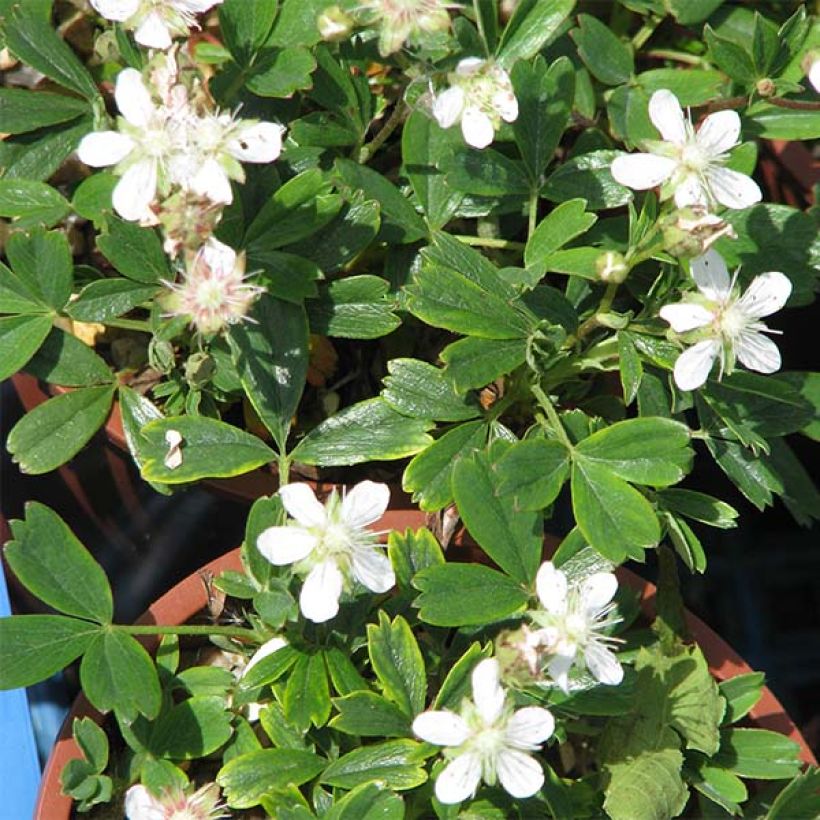

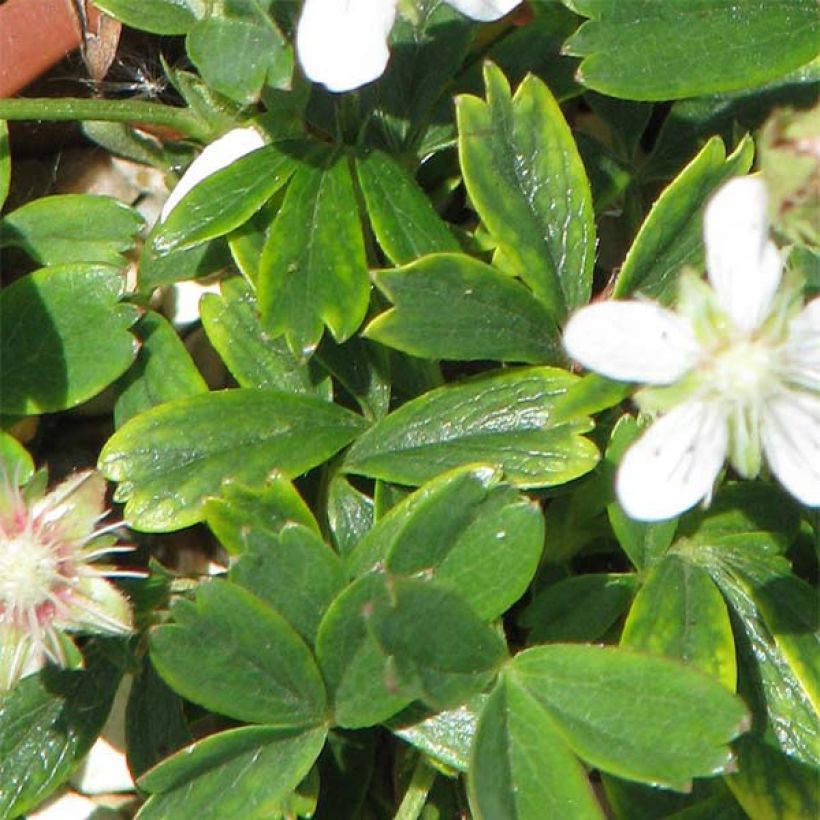

Flowering
Foliage
Plant habit
Botanical data
Potentilla
tridentata
Minima
Rosaceae
Potentilla, Three-Leaved Cinquefoil, Three-Toothed Cinquefoil
Cultivar or hybrid
Other Perennial Potentilla
View all →Planting and care
Potentilla tridentata Minima is a robust plant that is disease-free and easy to grow. It can be planted in any ordinary, well-drained soil and adapts well to poor, rocky and even limestone soils. It even withstands occasional droughts. This plant prefers sunny exposures, although excessive sun can cause the colour of its flowers to fade. A south-facing exposure or a shaded location during the hottest hours of the day are suitable. Trim faded flowers at the end of August to renew foliage and encourage a second blooming.
Planting period
Intended location
Care
Planting & care advice
-
, onOrder confirmed
Reply from on Promesse de fleurs
Similar products
Haven't found what you were looking for?
Hardiness is the lowest winter temperature a plant can endure without suffering serious damage or even dying. However, hardiness is affected by location (a sheltered area, such as a patio), protection (winter cover) and soil type (hardiness is improved by well-drained soil).

Photo Sharing Terms & Conditions
In order to encourage gardeners to interact and share their experiences, Promesse de fleurs offers various media enabling content to be uploaded onto its Site - in particular via the ‘Photo sharing’ module.
The User agrees to refrain from:
- Posting any content that is illegal, prejudicial, insulting, racist, inciteful to hatred, revisionist, contrary to public decency, that infringes on privacy or on the privacy rights of third parties, in particular the publicity rights of persons and goods, intellectual property rights, or the right to privacy.
- Submitting content on behalf of a third party;
- Impersonate the identity of a third party and/or publish any personal information about a third party;
In general, the User undertakes to refrain from any unethical behaviour.
All Content (in particular text, comments, files, images, photos, videos, creative works, etc.), which may be subject to property or intellectual property rights, image or other private rights, shall remain the property of the User, subject to the limited rights granted by the terms of the licence granted by Promesse de fleurs as stated below. Users are at liberty to publish or not to publish such Content on the Site, notably via the ‘Photo Sharing’ facility, and accept that this Content shall be made public and freely accessible, notably on the Internet.
Users further acknowledge, undertake to have ,and guarantee that they hold all necessary rights and permissions to publish such material on the Site, in particular with regard to the legislation in force pertaining to any privacy, property, intellectual property, image, or contractual rights, or rights of any other nature. By publishing such Content on the Site, Users acknowledge accepting full liability as publishers of the Content within the meaning of the law, and grant Promesse de fleurs, free of charge, an inclusive, worldwide licence for the said Content for the entire duration of its publication, including all reproduction, representation, up/downloading, displaying, performing, transmission, and storage rights.
Users also grant permission for their name to be linked to the Content and accept that this link may not always be made available.
By engaging in posting material, Users consent to their Content becoming automatically accessible on the Internet, in particular on other sites and/or blogs and/or web pages of the Promesse de fleurs site, including in particular social pages and the Promesse de fleurs catalogue.
Users may secure the removal of entrusted content free of charge by issuing a simple request via our contact form.
The flowering period indicated on our website applies to countries and regions located in USDA zone 8 (France, the United Kingdom, Ireland, the Netherlands, etc.)
It will vary according to where you live:
- In zones 9 to 10 (Italy, Spain, Greece, etc.), flowering will occur about 2 to 4 weeks earlier.
- In zones 6 to 7 (Germany, Poland, Slovenia, and lower mountainous regions), flowering will be delayed by 2 to 3 weeks.
- In zone 5 (Central Europe, Scandinavia), blooming will be delayed by 3 to 5 weeks.
In temperate climates, pruning of spring-flowering shrubs (forsythia, spireas, etc.) should be done just after flowering.
Pruning of summer-flowering shrubs (Indian Lilac, Perovskia, etc.) can be done in winter or spring.
In cold regions as well as with frost-sensitive plants, avoid pruning too early when severe frosts may still occur.
The planting period indicated on our website applies to countries and regions located in USDA zone 8 (France, United Kingdom, Ireland, Netherlands).
It will vary according to where you live:
- In Mediterranean zones (Marseille, Madrid, Milan, etc.), autumn and winter are the best planting periods.
- In continental zones (Strasbourg, Munich, Vienna, etc.), delay planting by 2 to 3 weeks in spring and bring it forward by 2 to 4 weeks in autumn.
- In mountainous regions (the Alps, Pyrenees, Carpathians, etc.), it is best to plant in late spring (May-June) or late summer (August-September).
The harvesting period indicated on our website applies to countries and regions in USDA zone 8 (France, England, Ireland, the Netherlands).
In colder areas (Scandinavia, Poland, Austria...) fruit and vegetable harvests are likely to be delayed by 3-4 weeks.
In warmer areas (Italy, Spain, Greece, etc.), harvesting will probably take place earlier, depending on weather conditions.
The sowing periods indicated on our website apply to countries and regions within USDA Zone 8 (France, UK, Ireland, Netherlands).
In colder areas (Scandinavia, Poland, Austria...), delay any outdoor sowing by 3-4 weeks, or sow under glass.
In warmer climes (Italy, Spain, Greece, etc.), bring outdoor sowing forward by a few weeks.






























